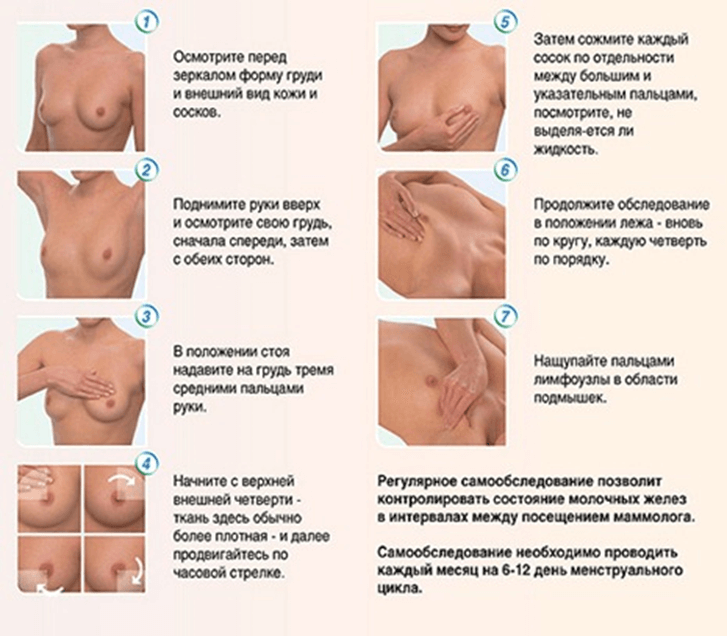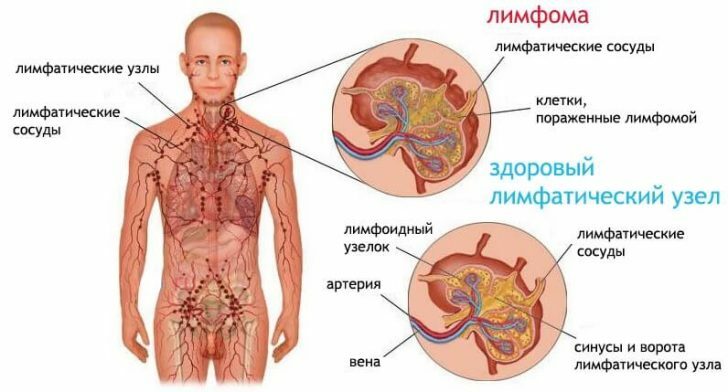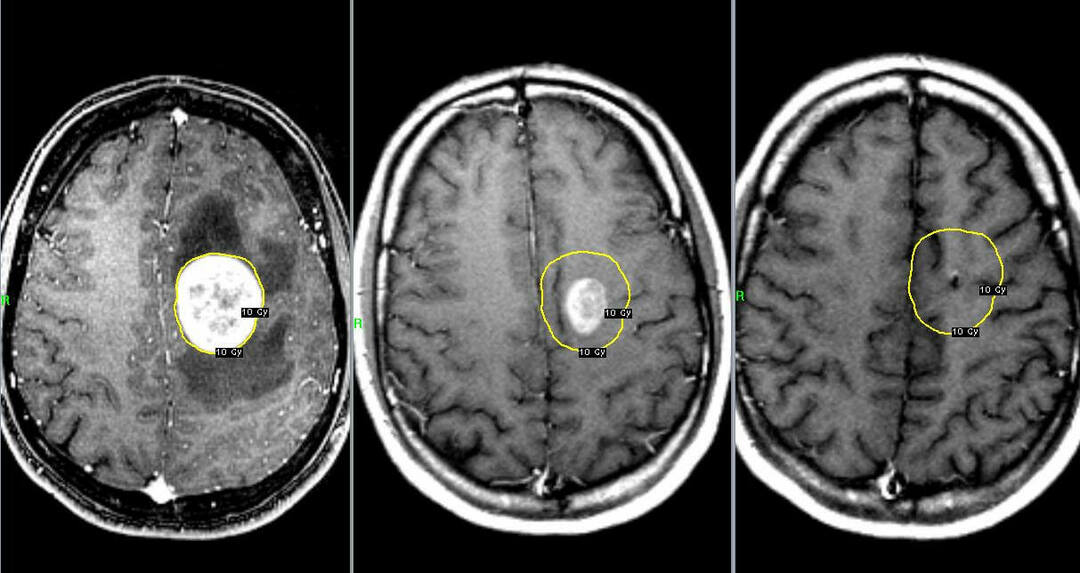Anaplastic astrocytoma: what is it, symptoms, treatment, prognosis
Content
- What is anaplastic astrocytoma?
- Signs and symptoms
- Causes and risk factors
- Affected populations
- Similar disorders
- Diagnostics
- Standard treatments
- Forecast: survival rate and life expectancy
What is anaplastic astrocytoma?
Anaplastic astrocytoma Is a rare malignant brain tumor.
Astrocytomas Are tumors that develop from certain stellar cells in the brain called astrocytes. Astrocytes and similar cells form the tissue that surrounds and protects other nerve cells in the brain and spinal cord. Collectively, these cells are known as glial cells, and the tissues they form are known as glial tissues. Tumors that arise from glial tissue, including astrocytomas, are collectively called gliomas.
The symptoms of anaplastic astrocytoma vary depending on the specific location and size of the tumor. The exact cause of this tumor is unknown.
Astrocytomas are classified according to the grading system developed by the World Health Organization (WHO). Astrocytomas are of four types, depending on the rate of cell proliferation and the likelihood that they will spread (penetrate) into nearby tissues.
Grade I or II astrocytomas are not malignant and may be called low-grade tumors. Grade III and IV astrocytomas are malignant and may be referred to as high-grade astrocytomas. Anaplastic astrocytoma refers to grade III astrocytoma. Grade IV astrocytoma is known as glioblastoma multiforme. Lower grade tumors can develop into higher grade tumors over time.
Signs and symptoms

The symptoms of anaplastic astrocytoma vary depending on the exact location and size of the tumor. Most of the symptoms are the result of increased pressure in the brain. Anaplastic astrocytoma usually develops slowly, but it can develop quickly.
Increased pressure in the brain can be caused by the tumor itself or by blockage of fluid-filled spaces in the brain called the ventricles, which leads to an abnormal accumulation of cerebrospinal fluid in brain. Symptoms commonly associated with anaplastic astrocytomas include:
- headache;
- lethargy;
- drowsiness;
- vomiting;
- changes in personality or mental status.
In some cases, you may also experience:
- convulsions;
- vision problems;
- weakness of the arms and legs, which leads to coordination problems.
More specific symptoms relate to the area of the brain where the tumor is located. Anaplastic astrocytomas can develop anywhere in the central nervous system, although most cases are found in a large, rounded part of the brain (brain), which takes up most of the skull. The brain is divided into two halves known as the cerebral hemispheres. Anaplastic astrocytomas can develop in the frontal, temporal, parietal, and occipital lobes of the brain.
Tumor in the frontal lobe can cause memory problems, personality and mood changes, and paralysis (called hemiplegia) on the side of the body opposite the tumor. Tumors in the temporal lobe can cause seizures, memory, coordination and speech problems. Tumors in the parietal lobe may cause difficulty communicating through writing (agraphia), fine motor problems, or sensory abnormalities such as tingling or burning (paresthesia). Tumors in the occipital lobe can lead to loss of vision.
Read also:Throat cancer: symptoms in the early stages, diagnosis and tactics of therapeutic correction
Other common sites of anaplastic astrocytomas include the part of the brain that contains the thalamus and hypothalamus (diencephalon), the lower part of the brain near the back of the neck that controls movement and balance (cerebellum), and spinal cord.
Tumors in the diencephalon can cause headaches, fatigue, weakness in the arms and legs, vision problems and hormonal imbalance. Tumors in the cerebellum can cause headaches, personality or behavior changes, and balance problems. Spinal cord tumors can cause back pain, sensory disturbances such as tingling or burning (paresthesia), weakness, and gait disturbances.
Causes and risk factors
The exact cause of anaplastic astrocytoma is unknown. Researchers suggestthat genetic and immunological disorders, environmental factors (for example, exposure to ultraviolet rays, certain chemicals, ionizing radiation), diet, stress and / or other factors can play a decisive role in the occurrence of certain types of cancer.
Scientists are conducting ongoing basic research to find out more about the many factors that can lead to cancer.
Astrocytomas are more commonwith certain genetic disorders, including type I neurofibromatosis, Li-Fraumeni syndrome and tuberous sclerosis. With the exception of these rare diseases, the vast majority of astrocytomas are not transmitted to offspring with greater frequency.
Researchers believe that some people may have a genetic predisposition to developing astrocytoma. A person who is genetically predisposed to the disorder carries the gene (or genes) for the disorder, but it cannot be expressed, if it is not triggered or "activated" under certain circumstances, for example, due to certain environmental factors Wednesday.
Affected populations
Anaplastic astrocytomas affect men more often than women. The exact frequency of these tumors is unknown. Anaplastic astrocytoma and glioblastoma multiforme are estimated to affect 5-8 out of 100,000 in the general population. Anaplastic astrocytomas are more common in adults than in children. In adults, anaplastic astrocytoma usually develops between the ages of 30 and 50. Astrocytomas and associated tumors (oligodendrogliomas) are the most common primary brain tumors in adults.
In children, anaplastic astrocytoma usually develops between the ages of 5 and 9. Malignant tumors (i.e., anaplastic astrocytoma and glioblastoma multiforme) account for approximately 10 percent of central nervous system tumors in children. Astrocytomas in general account for more than half of all primary childhood tumors of the central nervous system. Most astrocytomas (about 80 percent) in children are of low grade.
Read also:Anal cancer (anal cancer)
Similar disorders
Symptoms of the following disorders may be similar to those of anaplastic astrocytoma. Comparisons can be useful for differential diagnosis.
Other brain tumors must be distinguished from anaplastic astrocytomas. Such tumors include metastatic tumors, lymphomas, hemangioblastomas, craniopharyngiomas, teratomas, ependymomas and medulloblastomas.
Additional conditions that may mimic anaplastic astrocytoma include inflammation of the meninges surrounding the brain and spinal cord (meningitis), and pseudotumor of the brain (benign intracranial hypertension).
Diagnostics

The diagnosis of anaplastic astrocytoma is made on the basis of a thorough clinical assessment, a detailed medical history patient and various imaging techniques, including computed tomography (CT) and magnetic resonance imaging (MRI).
During CT scan computers and X-rays are used to create film that shows cut images of specific tissue structures.
MRI uses a magnetic field and radio waves to produce cross-sectional images of individual organs and tissues of the body. Such imaging techniques can also be used to assess the size, location and expansion of the tumor and to aid in future surgical procedures.
Surgical removal and microscopic evaluation (biopsy) of tissue from the tumor is used to definitively confirm the diagnosis.
Standard treatments
Therapeutic management of patients with anaplastic astrocytoma may require the coordinated efforts of the medical team. specialists, such as doctors who specialize in the diagnosis and treatment of cancer (medical oncologists), specialists in the use of radiation to treat cancer (radiation oncologists), surgeons, neurologists, cancer nurses and other professionals health care.
Specific therapeutic procedures and interventions can vary depending on many factors, such as:
- localization of the primary tumor;
- the grade of the primary tumor (stage) and the grade of malignancy;
- Whether the tumor has spread to lymph nodes or distant sites (which is rare in astrocytomas)
- the person's age and general health;
- and so on. factors.
Decisions regarding the use of specific interventions should be made by physicians and other members of the healthcare team, in careful consultation with the patient, based on:
- case specifics;
- careful discussion of potential benefits and risks;
- patient preferences;
- and other relevant factors.
The three main forms of treatment for anaplastic astrocytoma are:
- surgical intervention;
- radiation therapy;
- chemotherapy.
These treatments can be used alone or in combination with each other. The initial treatment in most cases is surgery to remove as much of the tumor as possible (resection). Sometimes, only part of the tumor can be safely removed because the malignant cells may have spread into the surrounding brain tissue.
Because surgery often cannot completely remove the tumor, radiation therapy and chemotherapy are usually used after surgery to continue treatment.
Postoperative radiation to treat known or possible residual disease is often used for anaplastic astrocytomas. If the initial surgery is not possible due to the specific location and / or progression of the malignant tumor, therapy may only include radiation.
Read also:Myelodysplastic syndrome
Radiation therapy predominantly destroys or damages rapidly dividing cells, especially cancer cells. However, some healthy cells (such as hair follicles, bone marrow, etc.) can also be damaged, leading to certain side effects. Thus, during such therapy, radiation passes through the diseased tissue in a carefully calculated dosages to destroy cancer cells while minimizing exposure and damage normal cells. Radiation therapy aims to destroy cancer cells by storing energy that damages their genetic material, preventing or slowing the growth and reproduction of cancer cells.
Therapy with certain anticancer drugs (chemotherapy) can also be used to treat people with anaplastic astrocytoma. Only one chemotherapeutic agent has been approved for the treatment of adults with anaplastic astrocytoma, and none has been approved for use in children. Most chemotherapeutic agents have shown only limited efficacy for treating people with anaplastic astrocytoma.
Food and Drug Administration (FDA) approved Temozolomide (Temodar) for the treatment of adults with anaplastic astrocytoma that does not respond to other forms of therapy (refractory anaplastic astrocytoma).
Forecast: survival rate and life expectancy
According to the American Cancer Society, the percentage of people with anaplastic astrocytoma who live for 5 years after diagnosis is:
- 49 percent for people aged 22 to 44;
- 29 percent for people aged 45 to 54;
- 10 percent for people aged 55 to 64.
It is important to remember that these are only averages. Several factors can affect survival, including:
- the size and location of your tumor;
- whether the tumor was completely or partially removed by surgery;
- whether the tumor is new or recurring;
- the general state of health of the patient.
A doctor can give you a better idea of the prognosis based on these factors.



